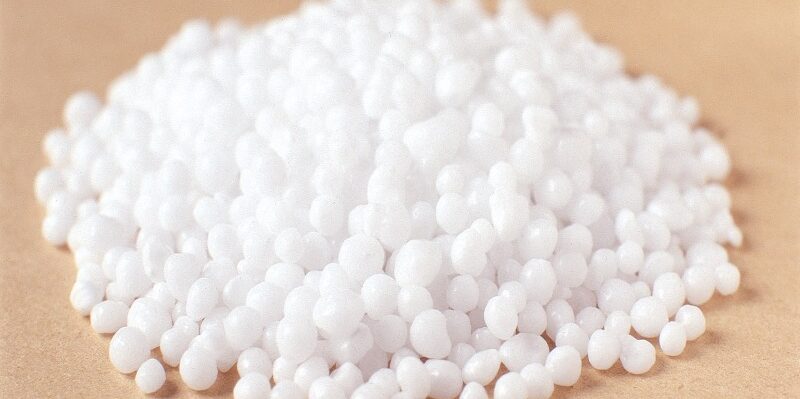This content is available to active subscribers only.
We are running on a subscription-based model. If you already have an account, please log in below. Otherwise, subscribe to get full access to fertilizer project news and updates.
🔒 Subscribe Now
This content is available to active subscribers only.
We are running on a subscription-based model. If you already have an account, please log in below. Otherwise, subscribe to get full access to fertilizer project news and updates.
🔒 Subscribe NowGet exclusive fertilizer news & project alerts — FREE.
Your registration is successful.
Our team will contact you.